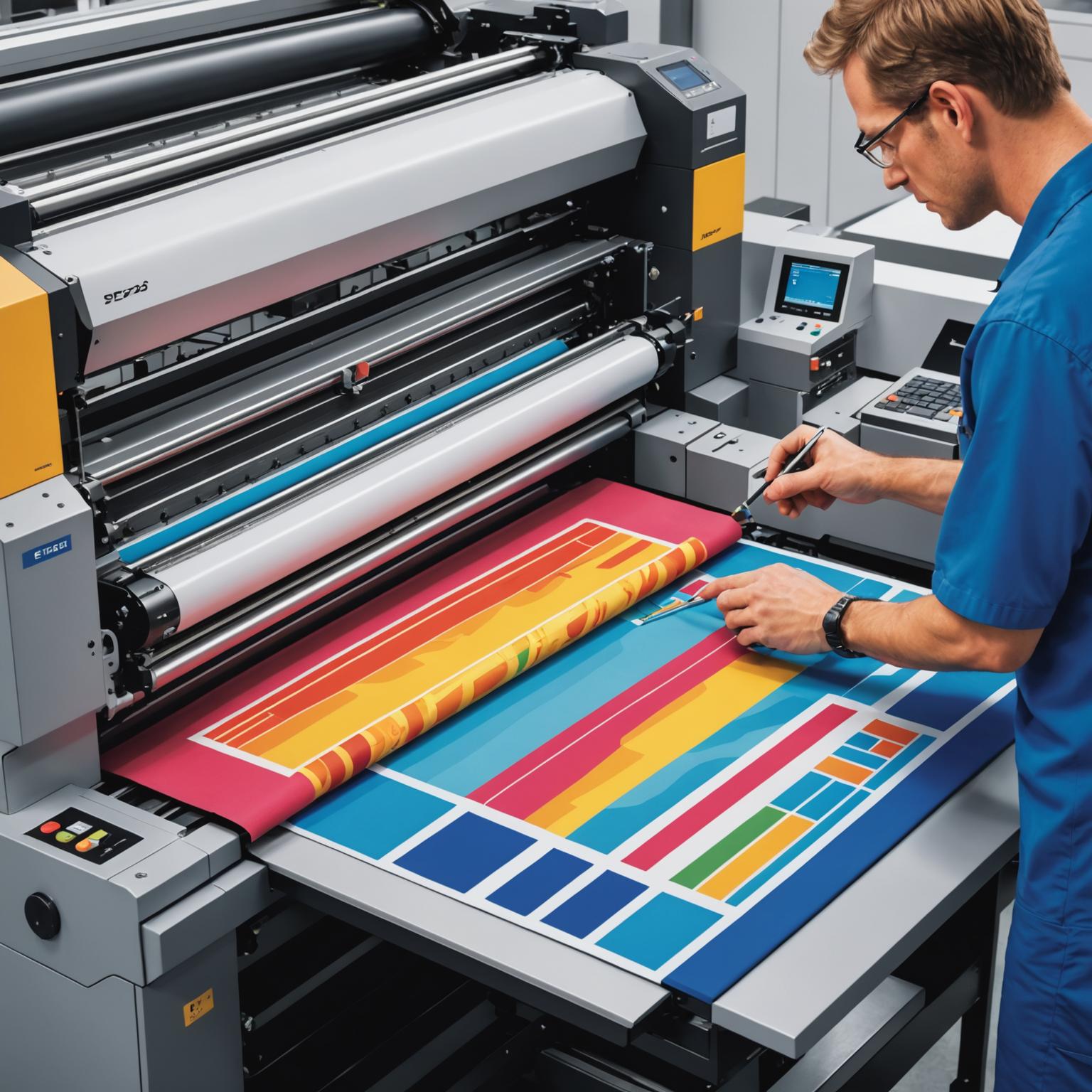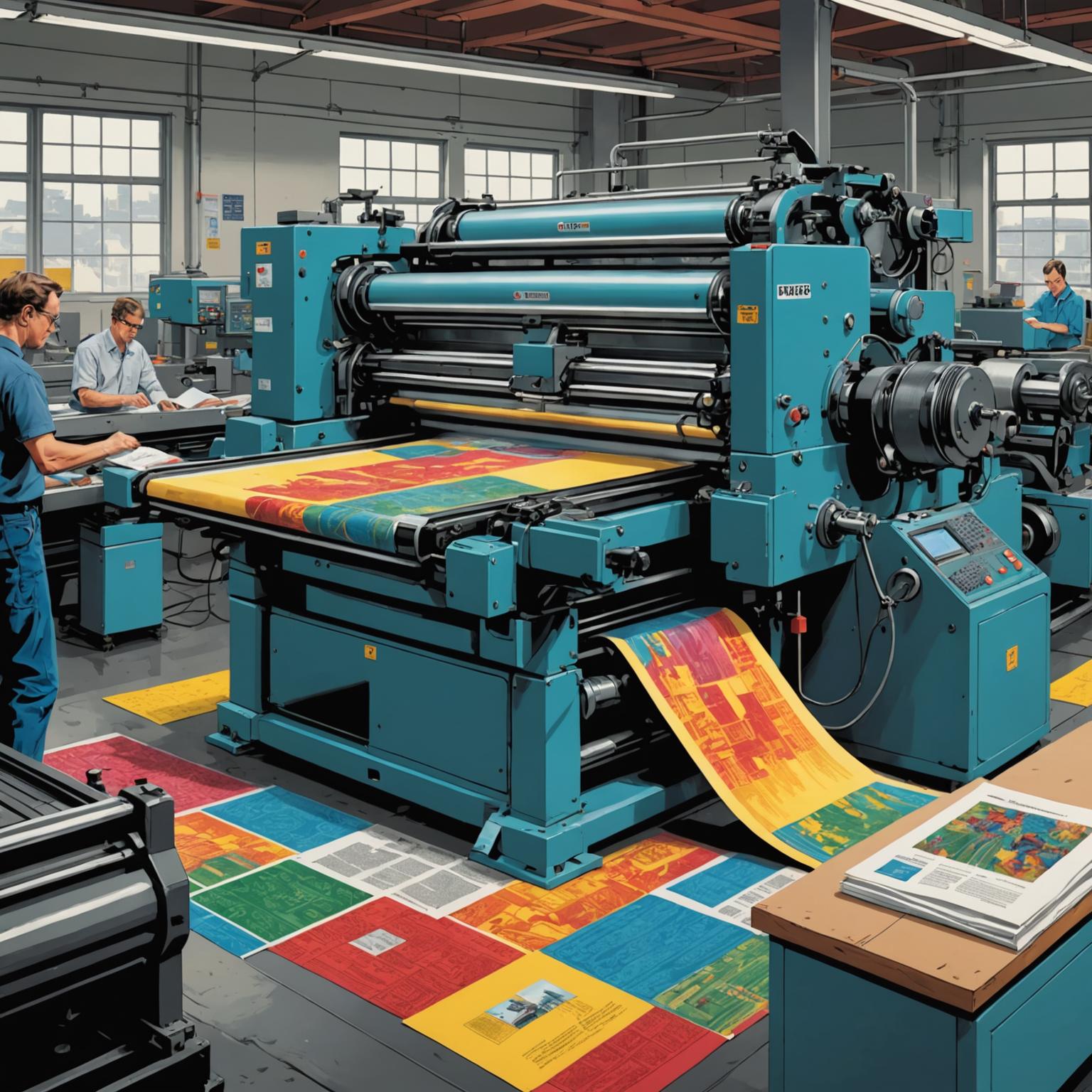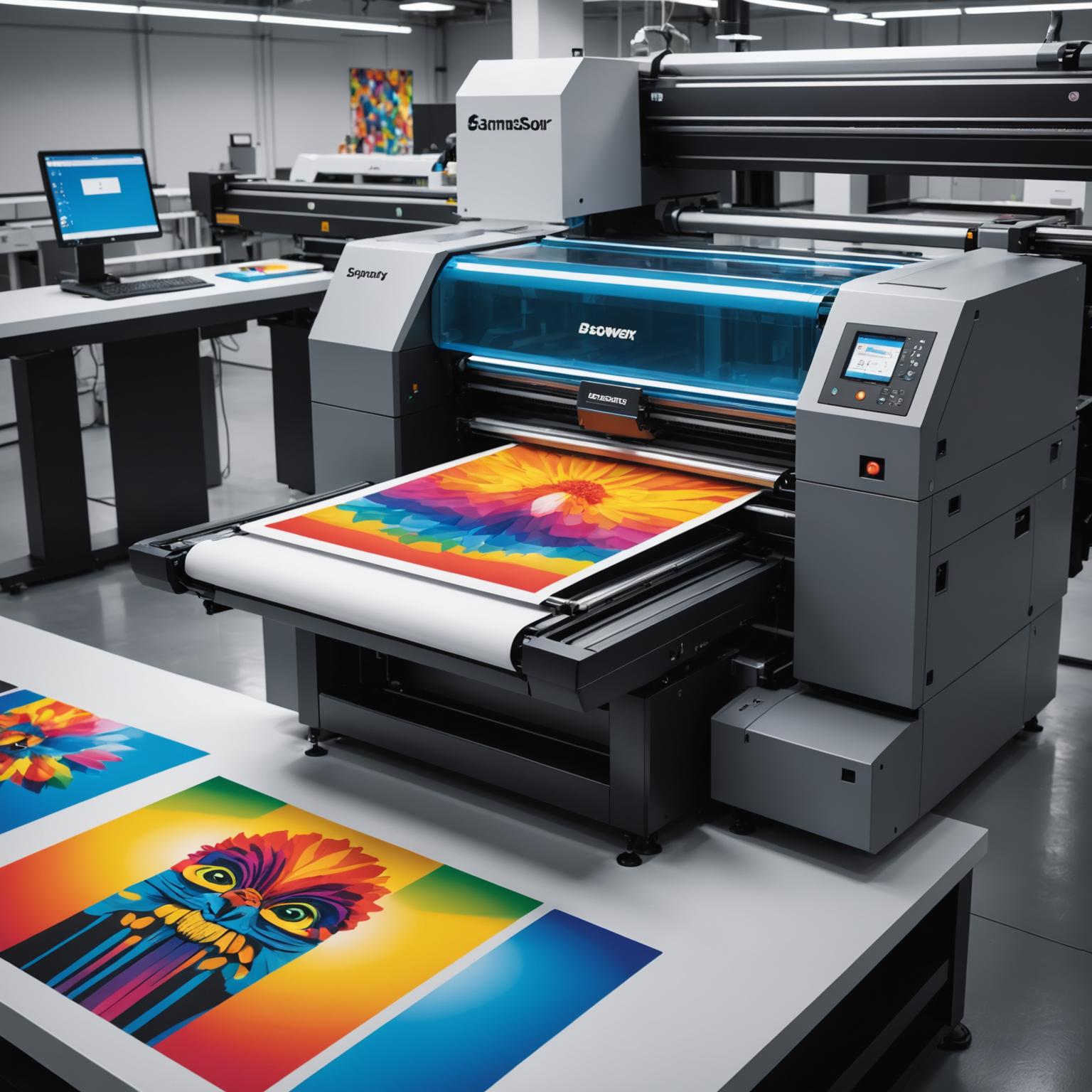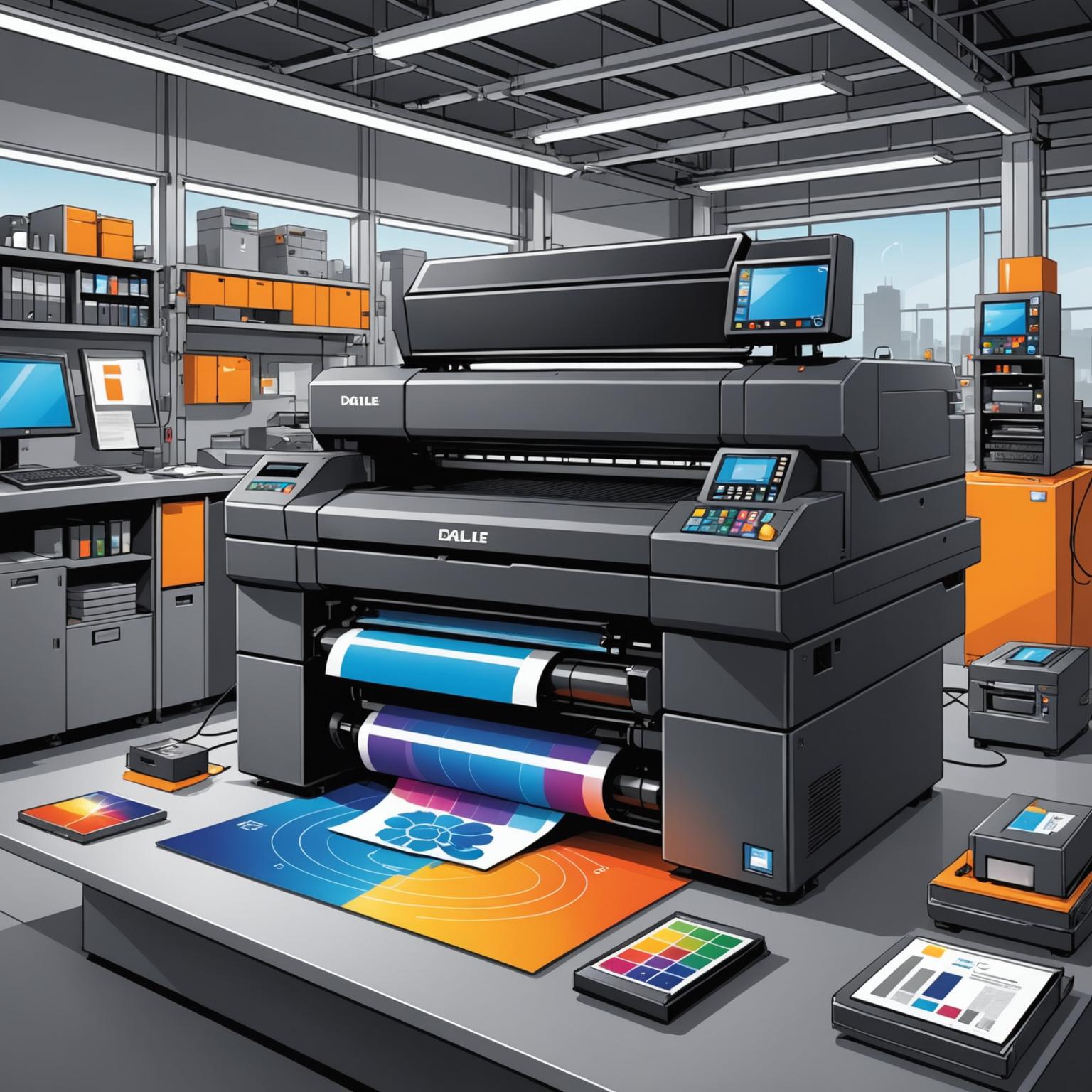In today's fast-paced industrial and commercial environments, the ability to track, identify, and manage assets with precision is more critical than ever. A key technology enabling this efficiency is the Variable data printable label, a specialized solution that allows for unique information to be printed on each individual label within a single print run. Unlike static labels where every piece is identical, these labels can feature distinct barcodes, QR codes, serial numbers, or batch information, making them indispensable for logistics, manufacturing, inventory control, and retail applications.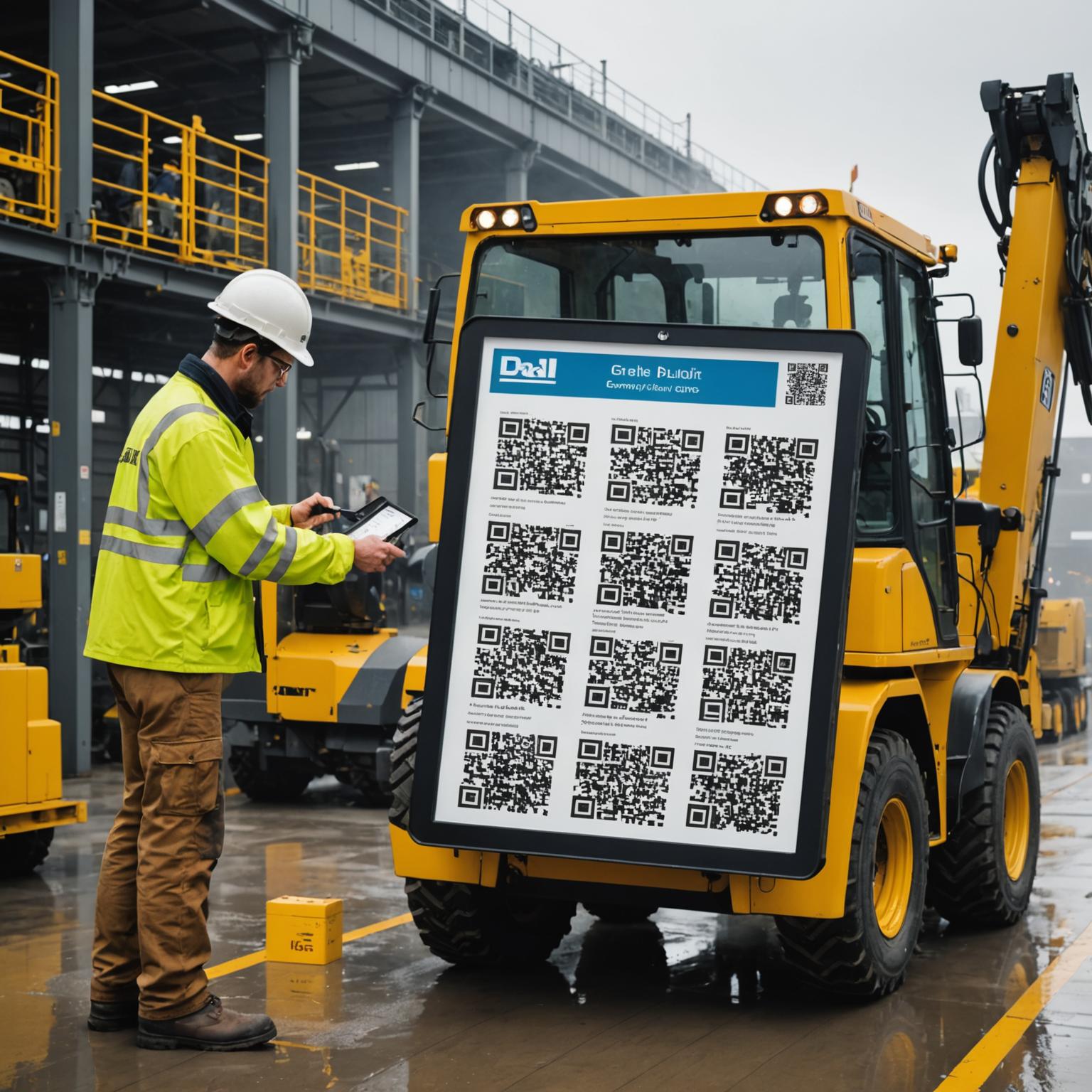
What Makes Variable Data Printing Unique?
Variable Data Printing (VDP) is the core technology behind these advanced labels. It leverages digital printing capabilities and database integration to change specific elements from one printed piece to the next without slowing down the printing process. This capability opens up a world of possibilities beyond simple identification. For instance, a manufacturer can use a Variable data printable label to serialize each product, creating a detailed and traceable history from production to the end-user. This not only streamlines internal processes but also provides a powerful tool for quality control, warranty management, and combating counterfeiting. The unique identifier on each label serves as a digital fingerprint for the item it is attached to.
Meeting the Demands of Harsh Environments
While unique data is crucial, a label is only as good as its ability to survive its intended environment. Many applications require labels to be placed on assets that are exposed to challenging conditions, such as outdoor weather, industrial processes, or long-term storage. This is where the importance of a Weather resistance label comes into play. These are not ordinary paper labels; they are engineered for durability. Constructed from robust materials like polyester, vinyl, or other specialized polymers, and paired with aggressive, permanent adhesives, these labels are designed to withstand moisture, extreme temperatures, UV radiation, chemical exposure, and abrasion. A standard label would quickly fade, peel, or disintegrate under such stress, rendering its data unreadable and useless.
Combining Customization with Durability
The true power emerges when the dynamic capability of a Variable data printable label is combined with the resilience of a Weather resistance label. This fusion creates a labeling solution that is both smart and tough. Consider tracking heavy machinery on a construction site, where equipment is constantly exposed to sun, rain, mud, and grease. Or think of chemical drums that legally require GHS labels to remain legible even after exposure to harsh substances and marine environments. In these scenarios, a durable label with unique, variable data ensures that critical safety information and asset-tracking barcodes remain intact and scannable throughout the product's lifecycle. This combination prevents data loss, ensures regulatory compliance, and protects valuable assets from being lost or misidentified.
Selecting the Ideal Label for Your Needs
Choosing the correct label requires a careful assessment of your specific application. It's essential to consider several factors to ensure optimal performance. First, analyze the surface the label will adhere to—is it smooth metal, textured plastic, or a curved surface? Second, define the environmental challenges it will face, including the range of temperatures, potential chemical exposure, and duration of UV light. Finally, determine the data requirements and the necessary lifespan of the label. Consulting with a labeling expert can help you navigate these choices, ensuring you select the right materials, adhesives, and printing technology. Investing in a high-quality, fit-for-purpose Variable data printable label that also features the properties of a Weather resistance label is a strategic decision that enhances operational efficiency, mitigates risk, and safeguards your data for years to come.



